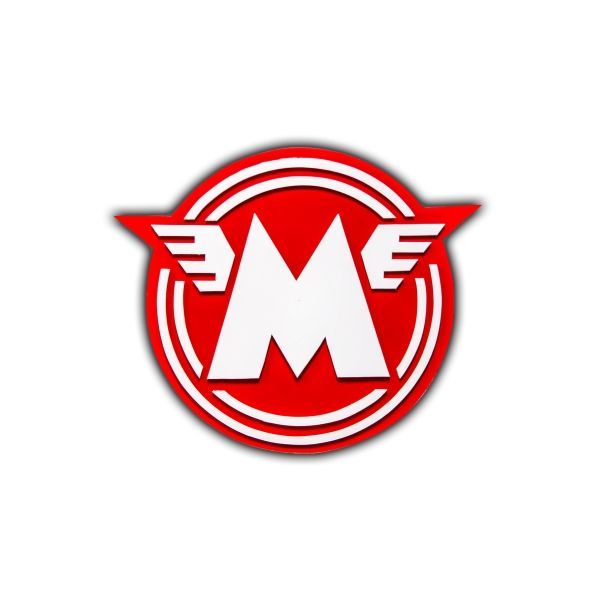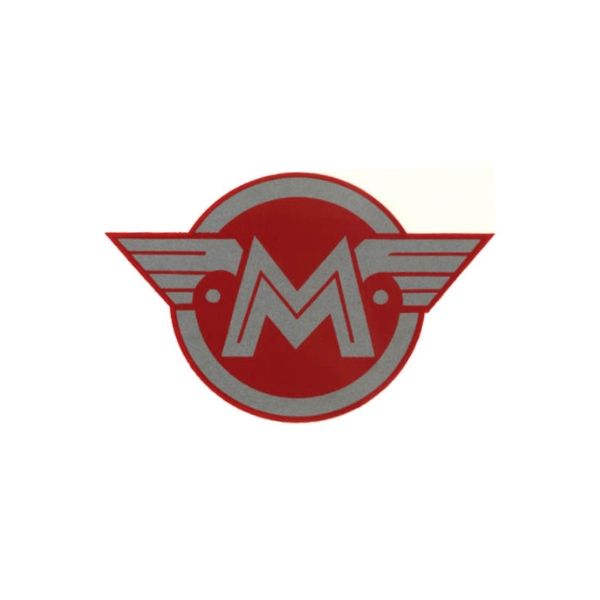Matchless
Matchless Motorcycles, along with AJS Motorcycles, stood as exemplars of early badge engineering. Being subsidiaries of Associated Motor Cycles (AMC), they were operated in a similar fashion to American car brands like Ford & Mercury. This strategy allowed them to leverage different branding for similar machines. From 1899 until AMC's collapse in 1966, these two brands played a pivotal role in shaping the motorcycle industry, embracing a shared engineering philosophy that echoed in their designs and mechanical innovations.

Founded by Henry Herbert Collier and his sons, Matchless Motorcycles had humble beginnings as bicycle makers, a common origin for many Classic British Motorcycles. The company's transition into motorcycling began with a prototype in 1899, leading to full production by 1901. Their invention of a JAP V-twin powered bike with an early version of rear swing-arm suspension in 1905 set them apart and heralded a new era in motorcycle suspension technology.
Matchless Motorcycles was synonymous with racing success. Early victories in the Inaugural TT Singles Race in 1907 laid the groundwork for their reputation for speed. Manufacturing singles and V-twins, they initially utilized engines from other makers before venturing into building their own from 1912. The interwar period was marked by innovation, including a new V-twin & a 400cc V-twin called the Matchless Silver Arrow, signaling a resilient and dynamic family-run business.
The acquisition of AJS Motorcycles in 1931 was a significant expansion, followed by the purchase and later sale of Sunbeam Motorcycles. This led to a uniform approach where Matchless and AJS motorcycles were mechanically identical but differentiated by appearance packages. This strategic alignment further solidified Matchless's position in the market.
Matchless Motorcycles played a unique role as an engine supplier, especially to the Morgan Car Company, and later Brough Superior for motorcycles. In 1935, their invention of ‘hairpin valve springs’ became a signature feature of both Matchless and AJS, reflecting their relentless pursuit of engineering excellence.
1938 saw the formation of Associated Motor Cycles (AMC), a parent entity for Matchless and several other brands. This strategic move allowed them to consolidate various brands under one roof, fostering collaboration and integration, and driving innovation such as the "Teledraulic" front fork in 1941.
World War II had a significant impact on Matchless Motorcycles. They manufactured 80,000 G3 & G3L models, contributing to the war effort. The post-war period witnessed expansion and development, including the launch of the 500cc Matchless G45. Constant evolution in engine size and features marked this era. In the postwar period, models like the AJS Porcupine, Matchless G50, and AJS 7R won numerous races, strengthening the brands' reputation. However, the 1960s brought financial challenges, leading to the focus on Norton Motorcycles and eventual bankruptcy of AMC in 1966. The legacy of Matchless continues to live on, with lingering models and licensing deals ensuring that the brand's name still resonates within the industry.
The story of Matchless ends with the cease of production by 1967, but the mark it left on the British motorcycle industry is indelible. From its inception in 1899 to the extensive range of models produced, Matchless's innovation in design and engineering played a crucial role in shaping motorcycle history.
Additional Matchless Logos
Author: William Flaiz









